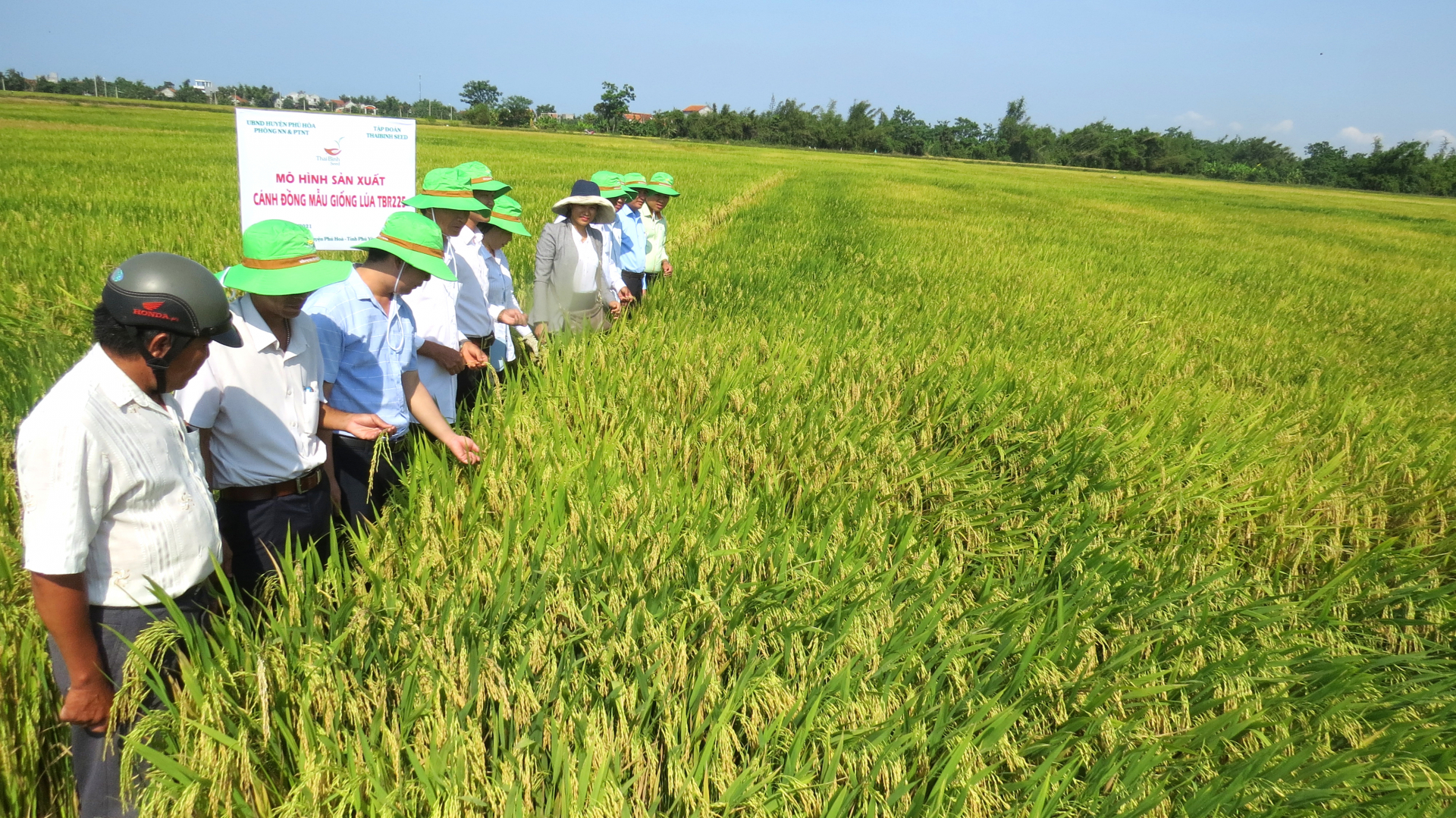 |
| Rice fields in Hoa Tri commune (Phu Hoa district) use quality seeds to increase economic efficiency. Photo: MANH HOAI NAM |
Economic efficiency
According to the Department of Agriculture and Environment, in recent years, farmers in the province have made many changes in rice production, using good, high-quality seeds; applying mechanization in land preparation, sowing, etc. In addition, the level of intensive investment and application of technical advances in production by farmers has increased, thereby improving productivity, output, and quality of rice.
Vinh Ba village (Hoa Dong commune, Tay Hoa district) has been recognized as a smart village, farmers use drones in all stages of production. Mr. Bui Van Long, a local resident, shared: Previously, when growing rice traditionally, in the sowing season, farmers soaked and incubated the seeds in the "3 boiling, 2 cold" style (one night in water, two nights on the bank), destroying wild rice, mixed rice and weeds, but the germination rate was low. Now, using high-quality rice, the germination rate reaches 100%, and at the same time applying science and technology, the rice fields have no footprints, farmers do not have to spend time fertilizing or spraying pesticides. Accordingly, if sowing seeds traditionally, it will cost 50,000 VND per sao, but using drones will only cost 25,000 VND. Moreover, if sowing by hand, people use 10kg of rice seeds per sao, while sowing by drone only uses 5kg of rice seeds per sao.
Director of Hoa Dong Commune Agricultural Service Cooperative Nguyen Thanh Minh said: Hoa Dong Commune applies science and technology to production, applies drones in all stages of production, and was awarded a certificate of merit by the Chairman of the Provincial People's Committee for achievements in the emulation movement of Phu Yen solidarity, creativity, improvement, productivity, quality, efficiency, and international integration. Specifically, the application of high-quality rice production technology in Vinh Ba and Phu Phong villages of the commune has helped to give a new look to the fields; from a yield of 77 quintals/ha, it has now increased to 87.5 quintals/ha, the rice has yellow ears and bright grains.
According to calculations by the Hoa Dong Commune Agricultural Service Cooperative, the use of new varieties, along with the reduction of seed sowing by sowing in rows instead of broadcasting, contributes to improving the efficiency of rice production; the profit from quality rice production reaches over 42.2 million VND/ha, nearly 8 million VND/ha higher than the control model. With this efficiency, a 150ha field will earn billions in profit.
Eliminate ghost rice and mixed rice
Unlike the people of Hoa Dong commune, along the fields through Dong Xuan district to Tuy An, many farmers still sow thick rice, invest in a lot of fertilizers and pesticides, leading to multi-layered rice fields called ghost rice, mixed rice, reduced rice quality, especially human health is directly affected by spraying a lot of pesticides.
The An Ninh Dong commune field (Tuy An district) is 160 hectares wide, this crop has 20 hectares of sparse sowing. Mr. Nguyen Trinh, Director of the An Ninh Dong Commune Agricultural Service Cooperative, said: Because the field is at the end of the Tam Giang irrigation system, and the foot of the field is near the sea, it is salty, so farmers here are not bold enough to sow in rows and sparsely sow, afraid of losing seeds. This crop, the Cooperative has mobilized people to apply reasonable sparse sowing on 20 hectares, with a seed quantity of 6kg/sao.
According to the Department of Agriculture and Environment, the “3 reductions, 3 increases” model helps change the method of rice production from traditional farming to modern farming, applying technology to reduce input costs to increase profits, reduce greenhouse gas emissions, and adapt to climate change. This model is being promoted by the provincial Department of Agriculture to increase economic efficiency and increase income for rice growers.
Mr. Nguyen Phi Long in Xuan Quang 3 commune (Dong Xuan district) visited the fields and saw the multi-layer rice fields. He said that because farmers use rice as seeds and sow them densely, the rice plants crowd together in the multi-layer fields, leading to weakness and frequent spraying of pesticides. But if they use quality seeds and sow them sparsely, the rice plants grow evenly, are big and plump, and have low levels of fertilizer and pesticides, and have high yields at the end of the season. "Recently, I participated in a training course on the "3 reductions, 3 increases" model, so I know this clearly," said Mr. Long.
According to Mr. Long, the price of rice seeds is higher than that of bo rice. For example, bo rice costs 8,000 VND/kg, while rice seeds cost 10,000 VND, sometimes twice as much, so farmers often scoop up bo rice seeds and sow them thickly, leading to a lot of mixed rice when they bloom in multi-layer rice fields. "I visited the fields and noticed that there were patches of lower layers that were ripe, while the upper layers had not yet yielded rice; the rice did not ripen evenly, so when harvesting, the upper layers had to be discarded, while we invested in fertilizer from the beginning of the season to the end of the season to nourish the entire field. Therefore, at the beginning of the season, we should use quality rice seeds to eliminate wild rice and mixed rice," said Mr. Long.
According to the Department of Agriculture and Environment, for a long time, farmers have had the habit of sowing densely, and at the same time using commercial rice as seeds for the next crop, which leads to the situation of many layers in the rice fields due to mixed and degraded rice varieties, making the uniformity in the fields not high. On the other hand, with the dense sowing density, the rice grows poorly, creating conditions for pests and diseases to develop, leading to low productivity, low product quality while input costs increase. The "3 reductions, 3 increases" model helps change the method of rice production from traditional to modern farming, applying technology to reduce input costs to increase profits, reduce greenhouse gas emissions, and adapt to climate change. This model is being promoted by the provincial Department of Agriculture to increase economic efficiency and increase income for rice growers.
Source: https://baophuyen.vn/kinh-te/202504/san-xuat-lua-3-giam-3-tangloi-nhuan-tang-cao-58e42c1/


![[Photo] Ceremony to welcome General Secretary and President of China Xi Jinping on State visit to Vietnam](https://vstatic.vietnam.vn/vietnam/resource/IMAGE/2025/4/14/5318f8c5aa8540d28a5a65b0a1f70959)
![[Photo] National Assembly Chairman Tran Thanh Man meets with General Secretary and President of China Xi Jinping](https://vstatic.vietnam.vn/vietnam/resource/IMAGE/2025/4/14/4e8fab54da744230b54598eff0070485)
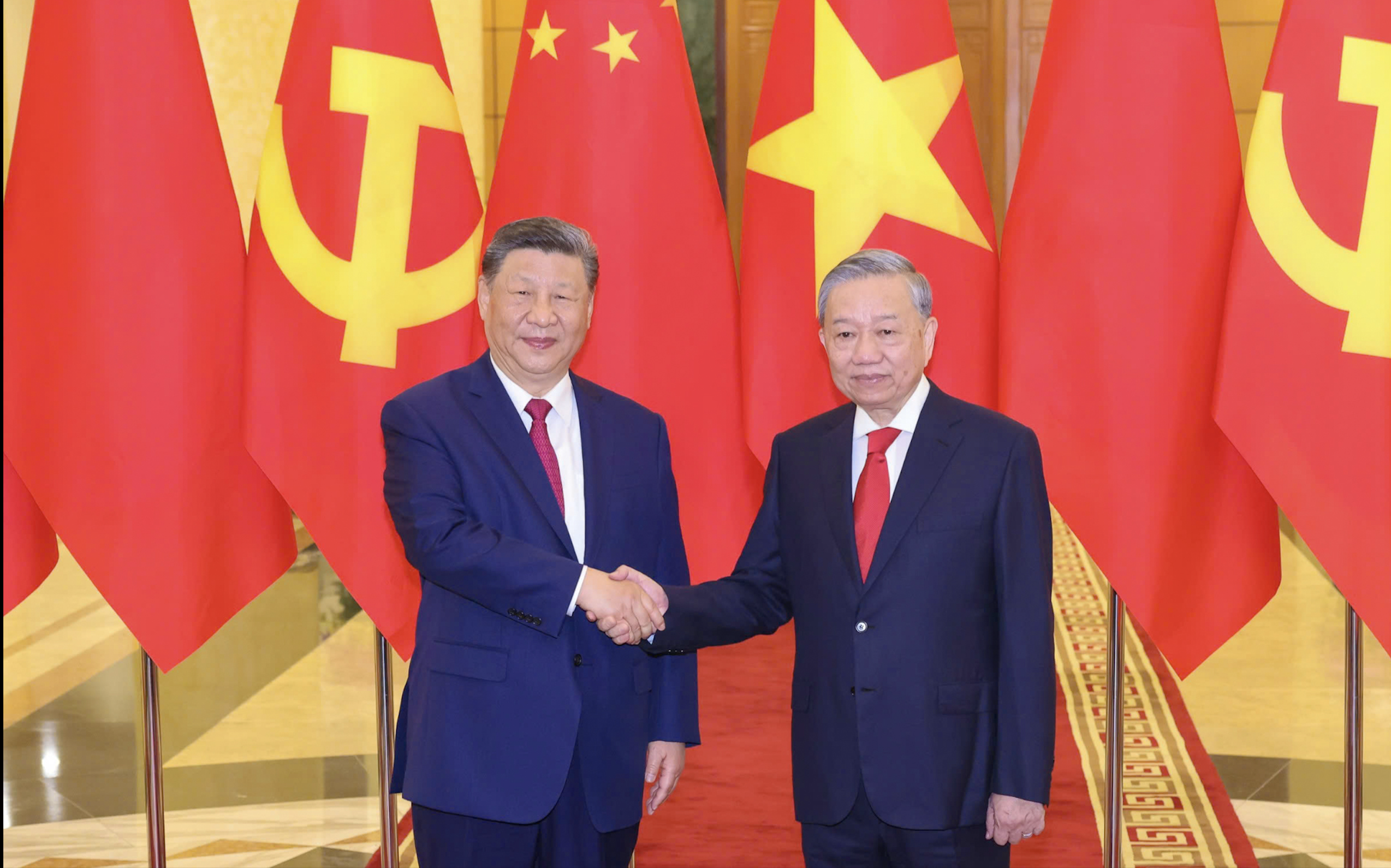
![[Photo] Prime Minister Pham Minh Chinh chairs conference to review the implementation of Resolution No. 18-NQ/TW](https://vstatic.vietnam.vn/vietnam/resource/IMAGE/2025/4/14/dcdb99e706e9448fb3fe81fec9cde410)
![[Photo] General Secretary To Lam holds talks with General Secretary and President of China Xi Jinping](https://vstatic.vietnam.vn/vietnam/resource/IMAGE/2025/4/14/b3d07714dc6b4831833b48e0385d75c1)
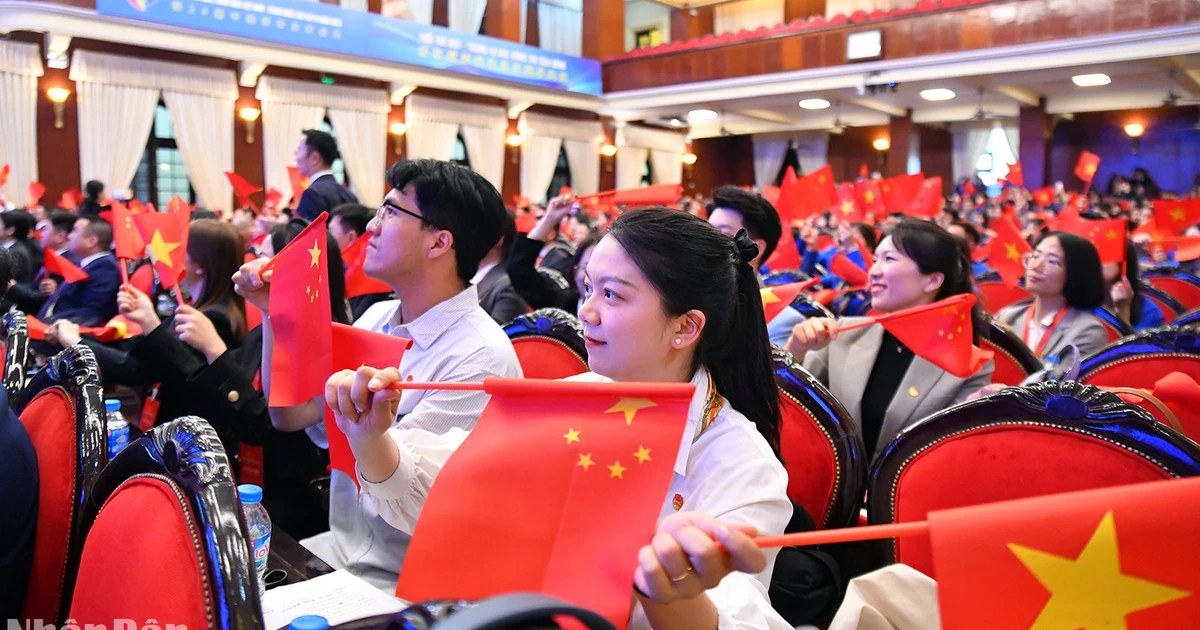
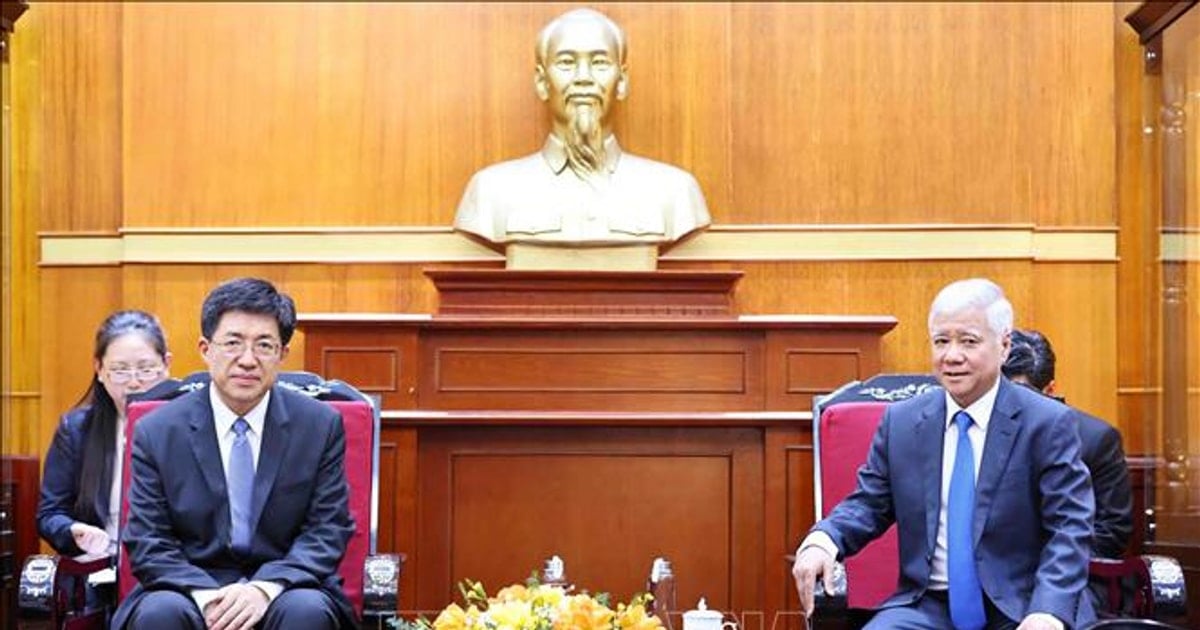
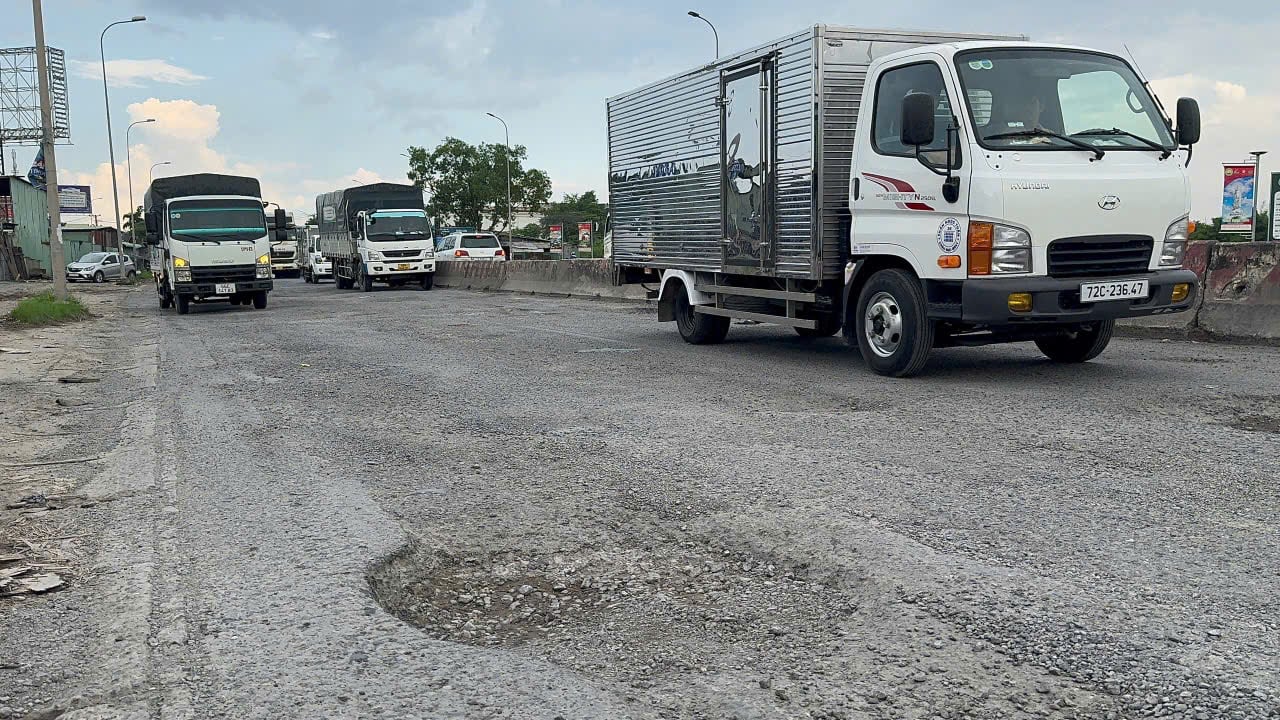
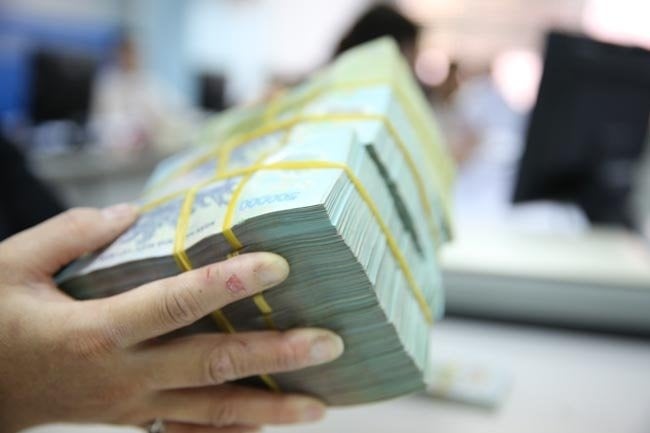

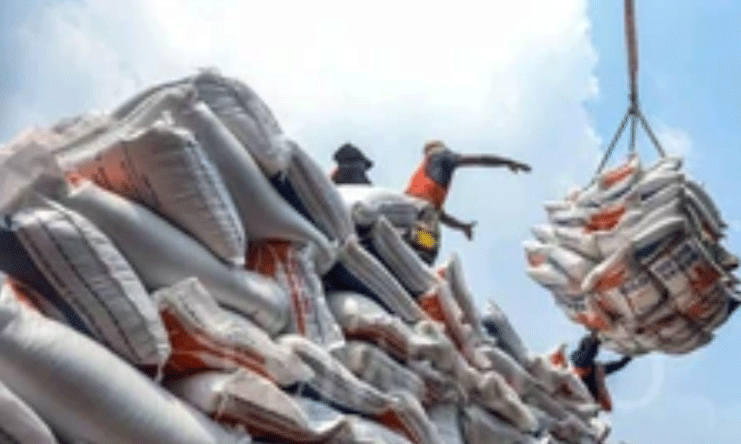
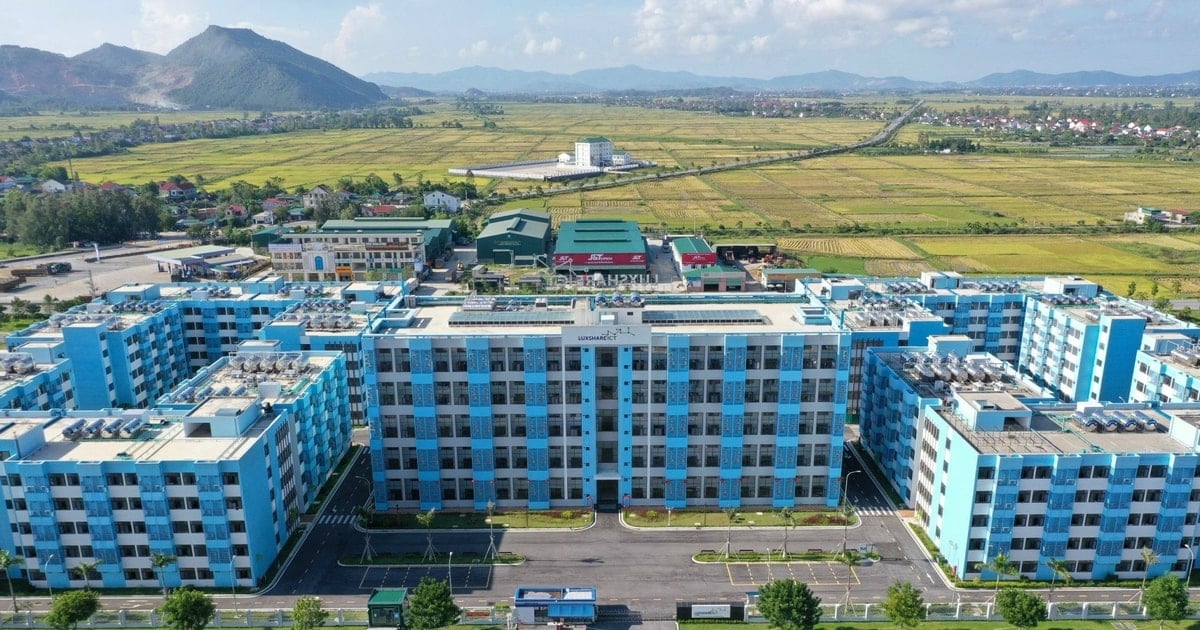
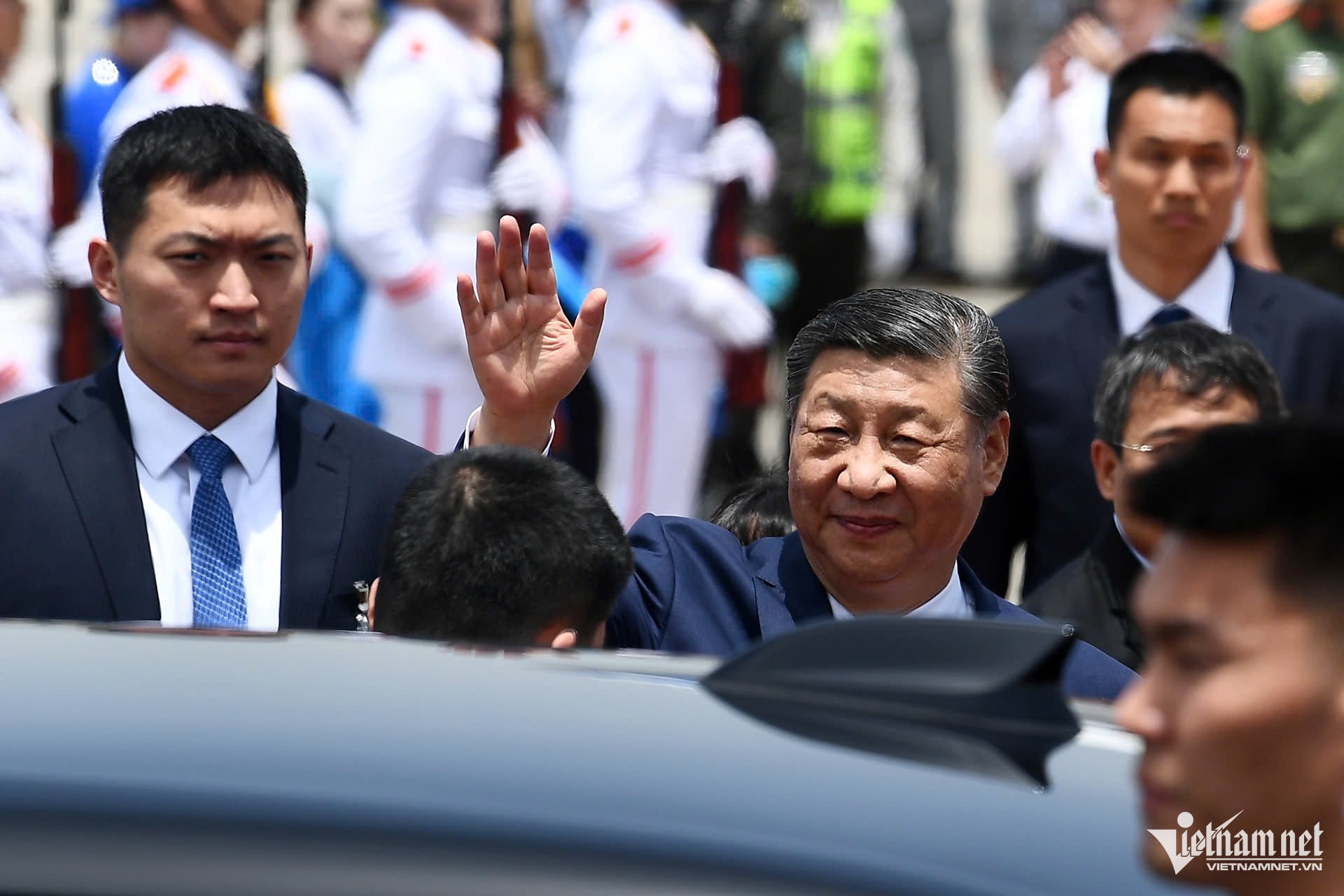
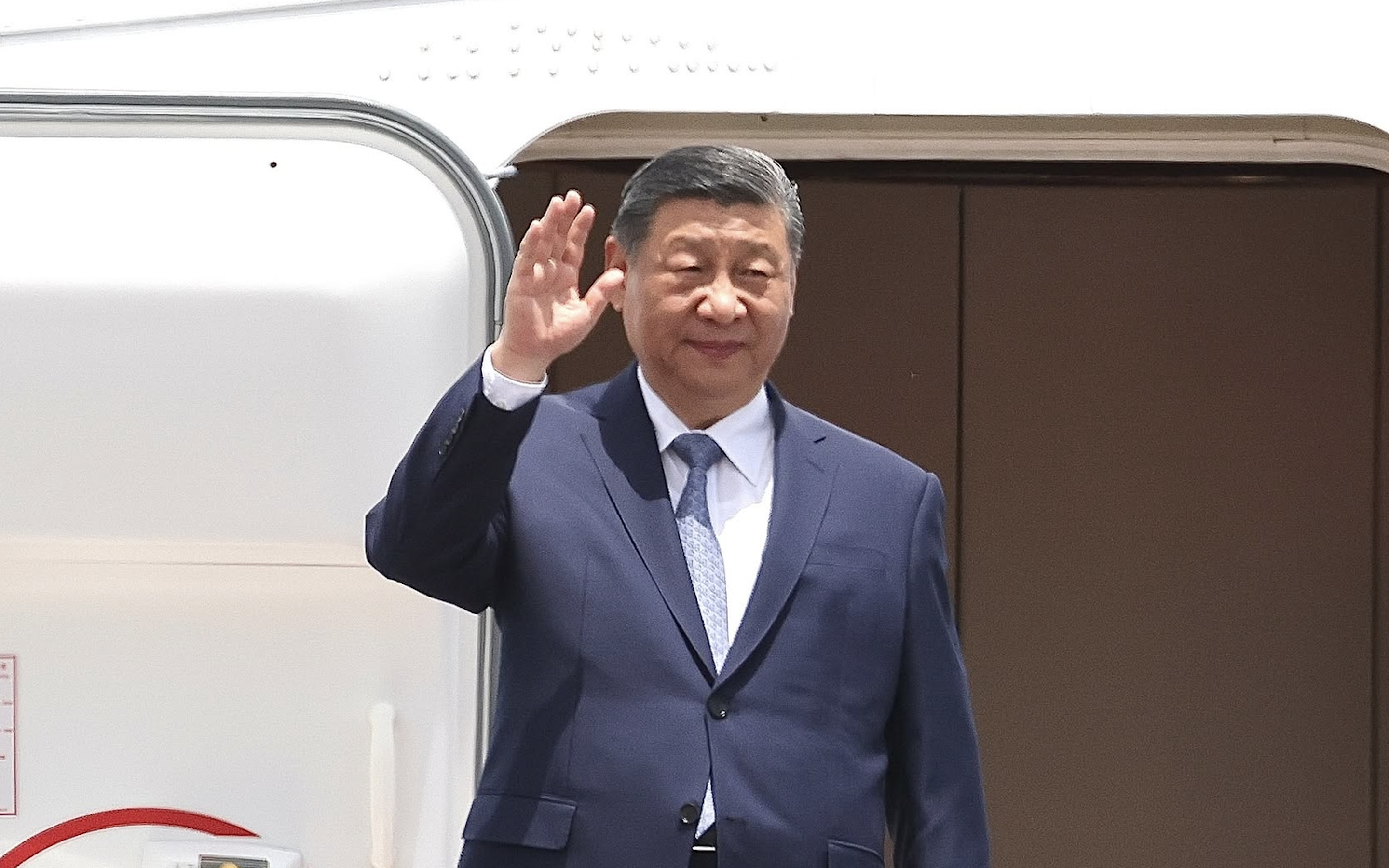


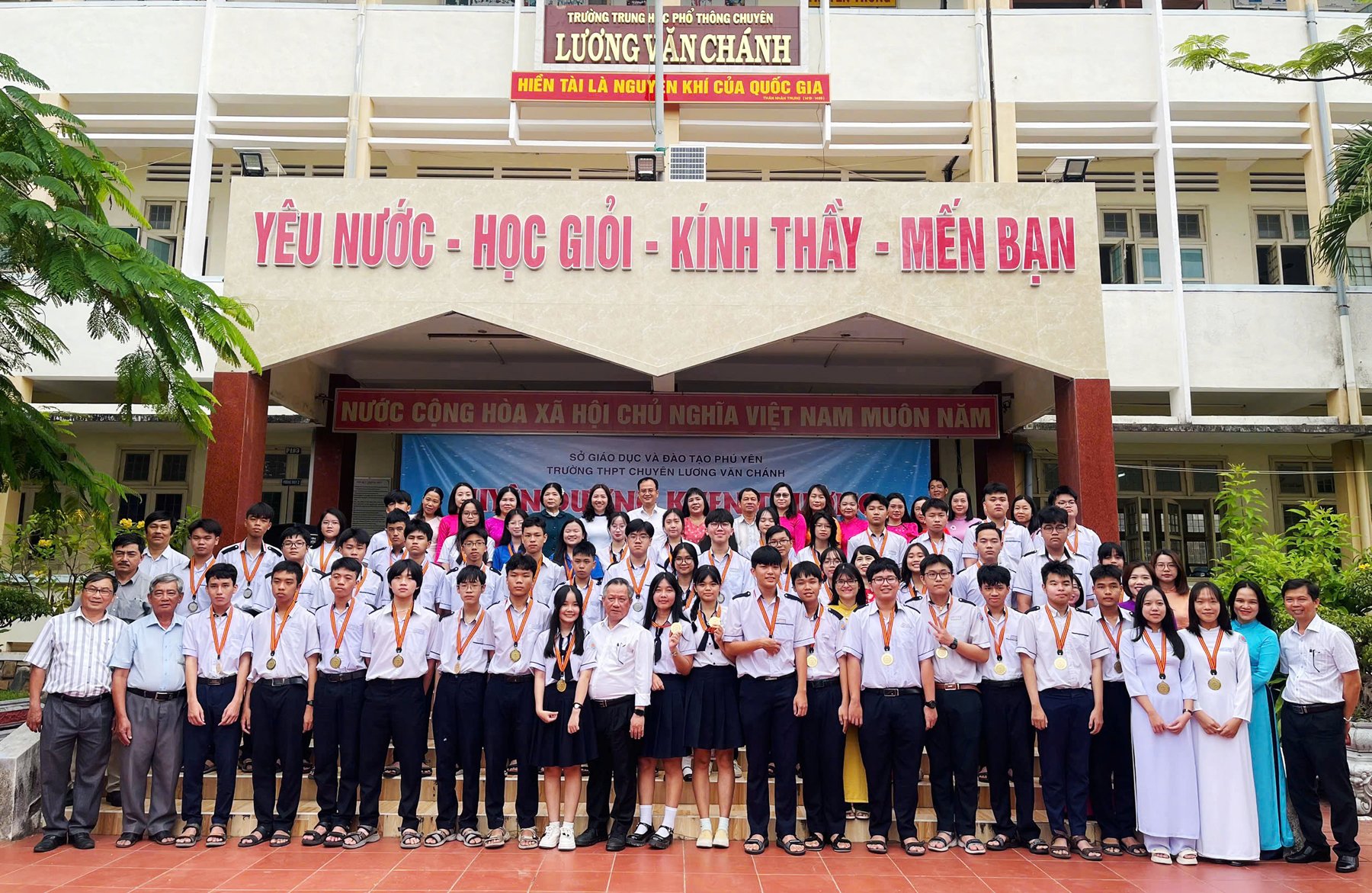
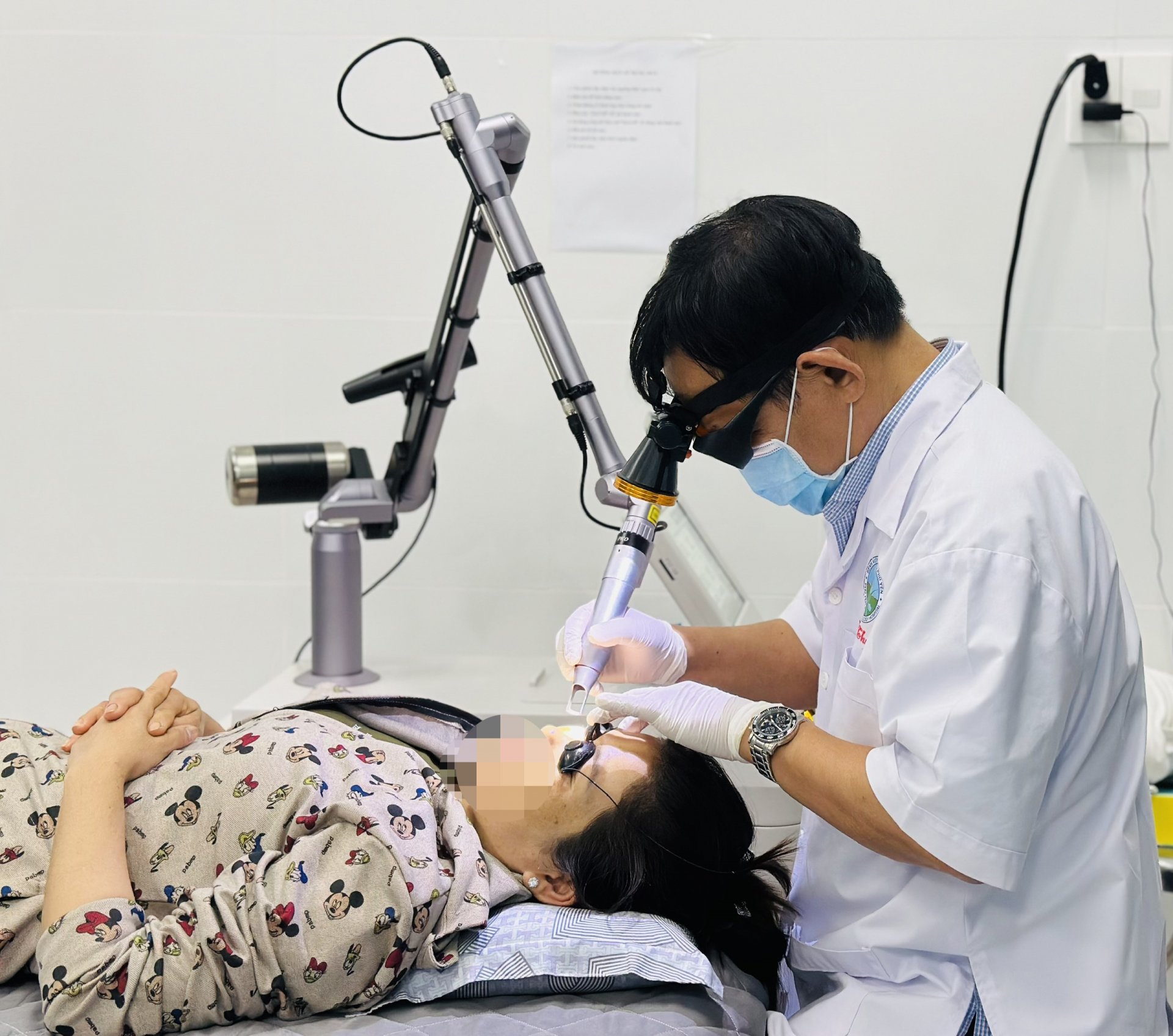
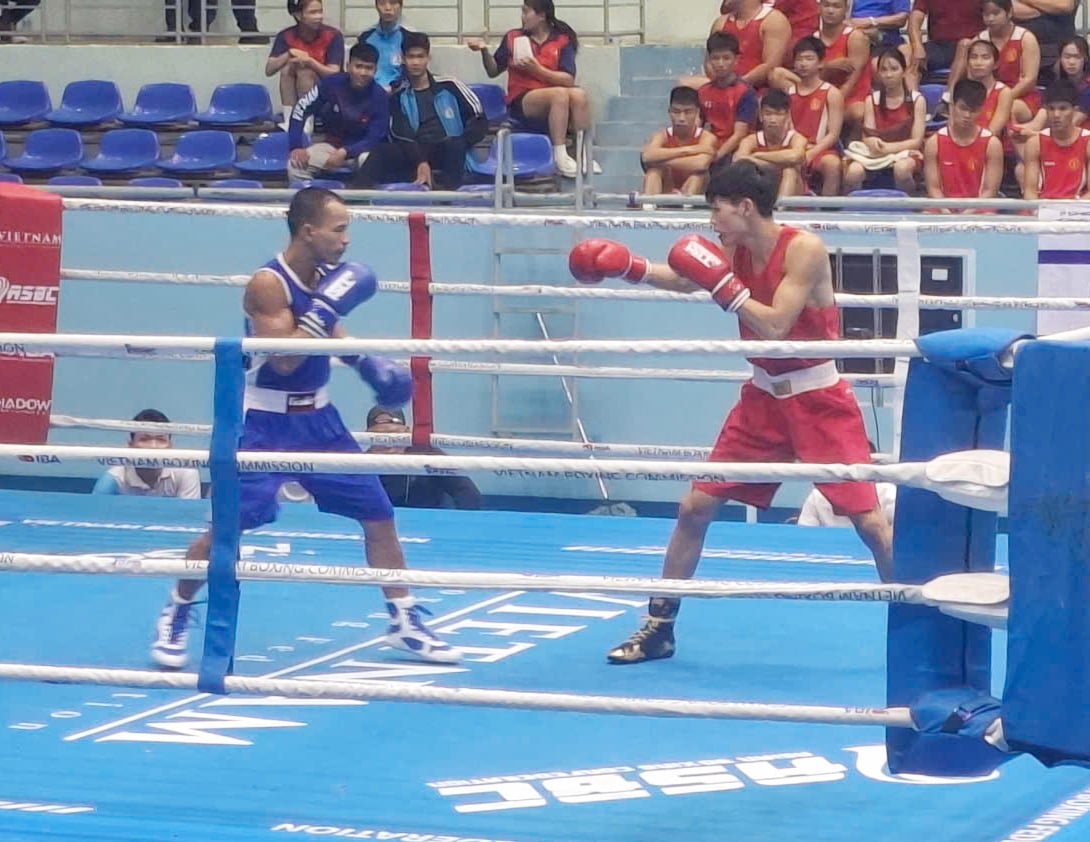
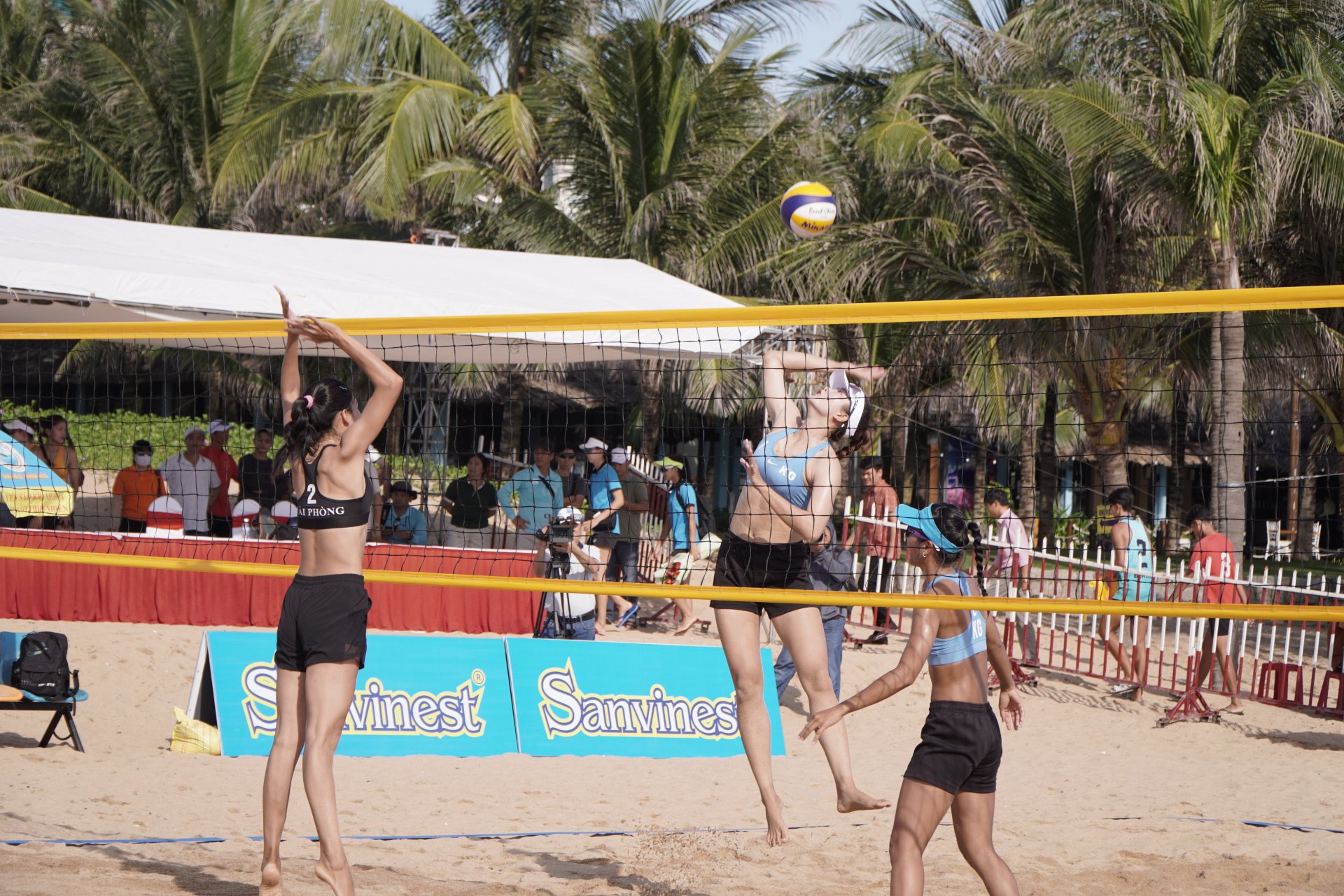



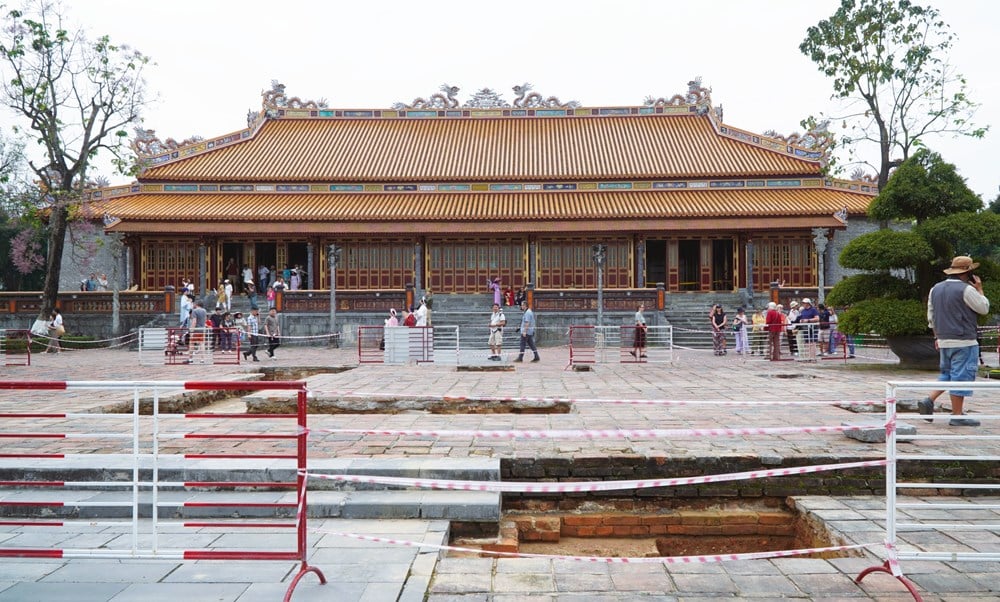

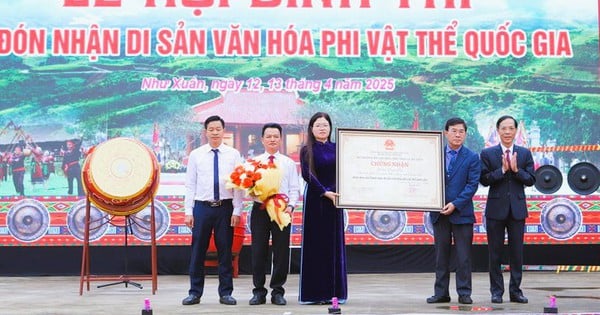


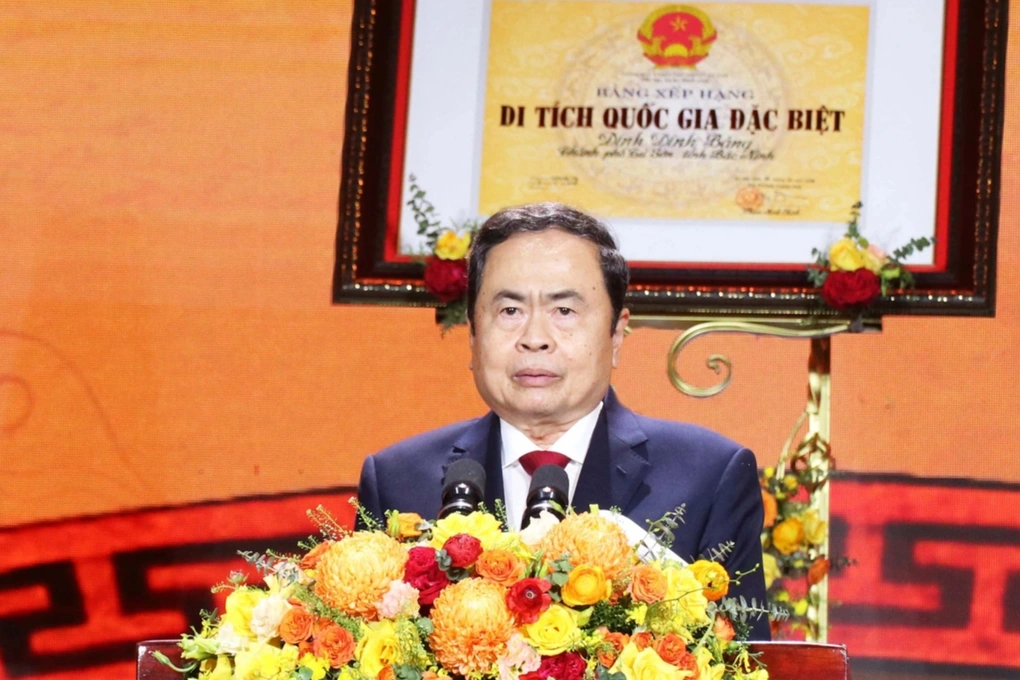

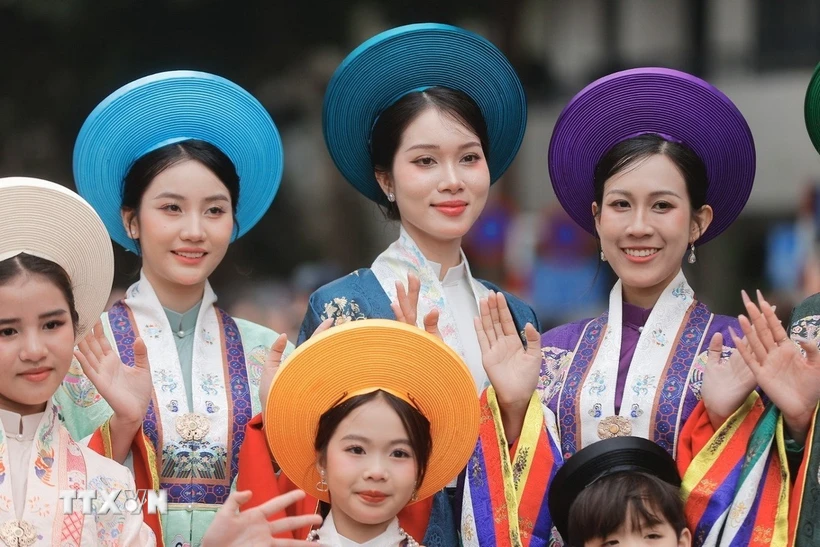

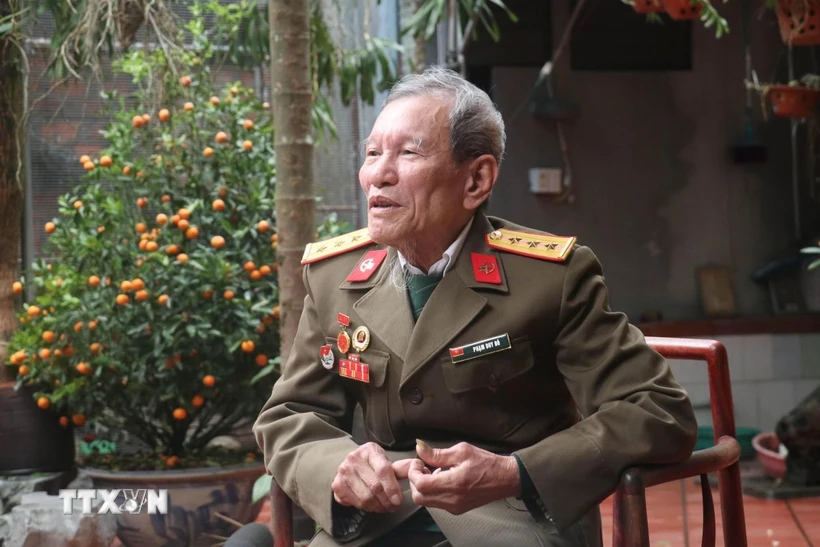
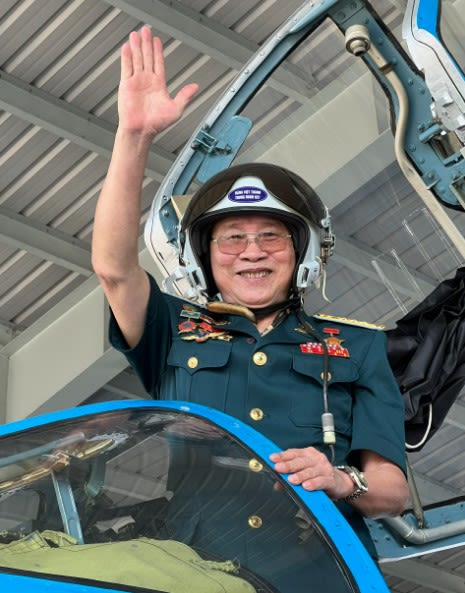






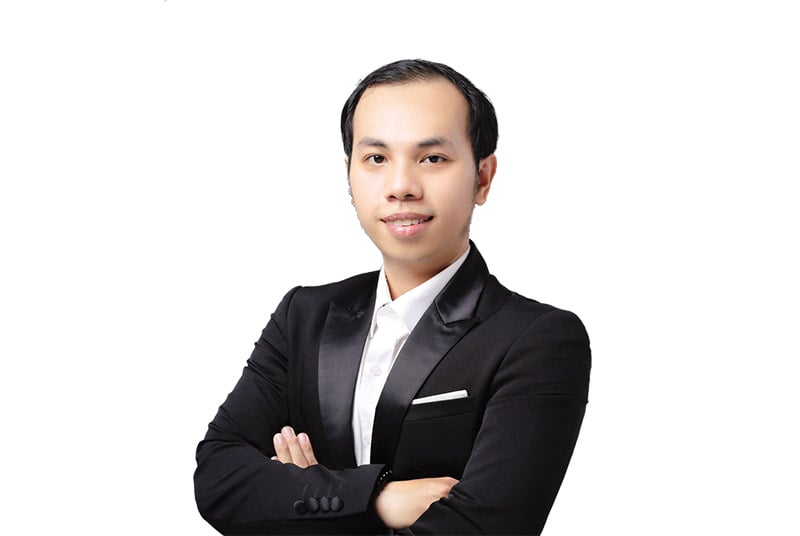

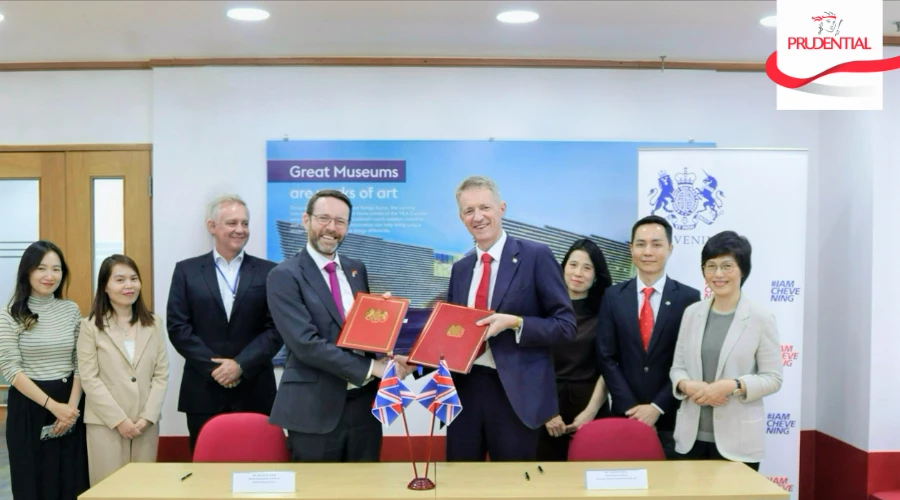



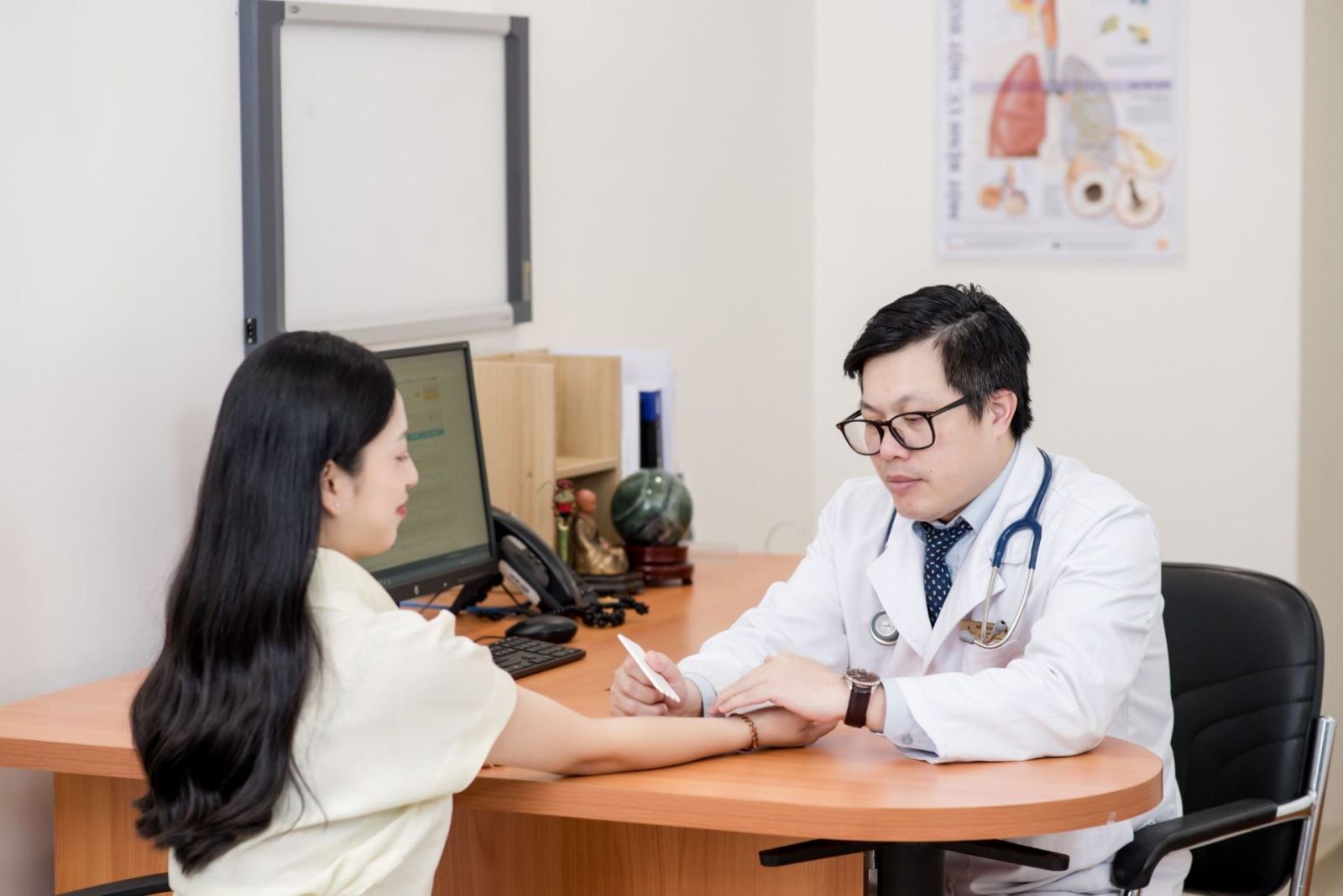


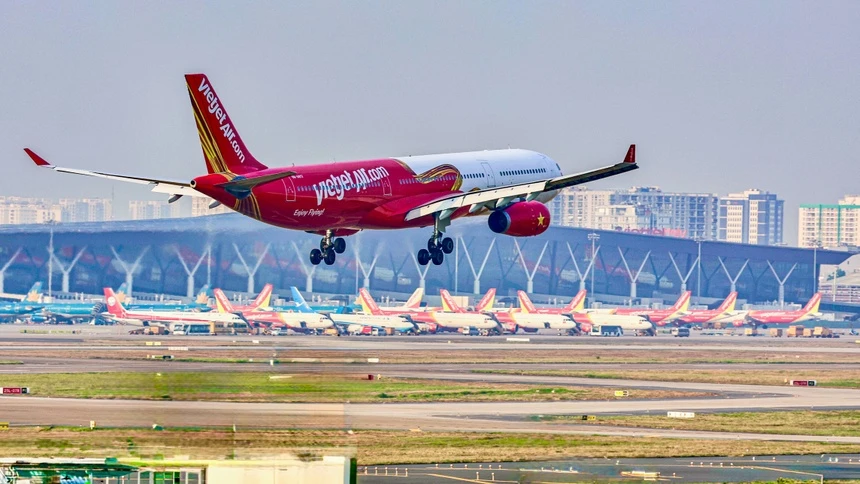

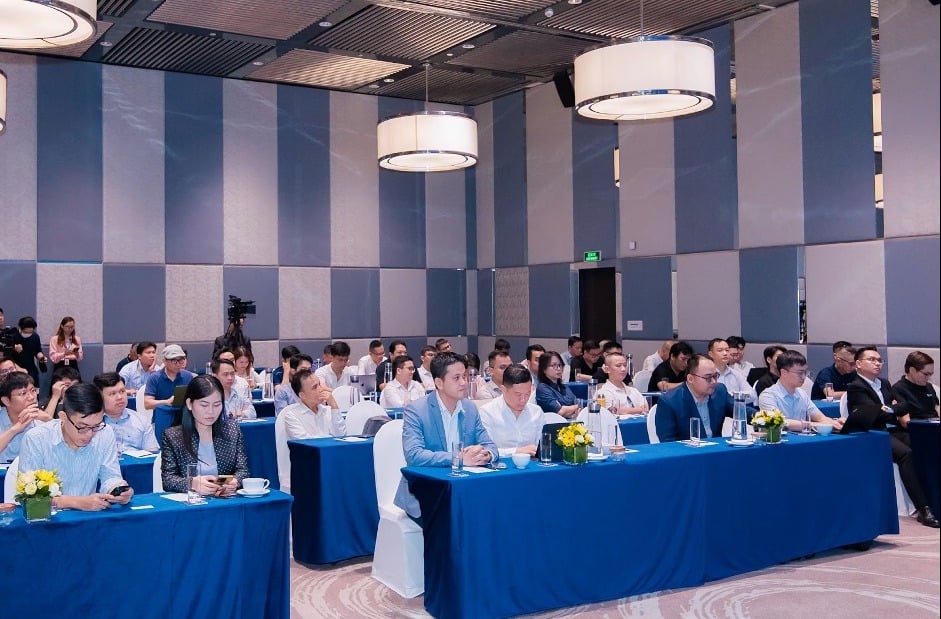

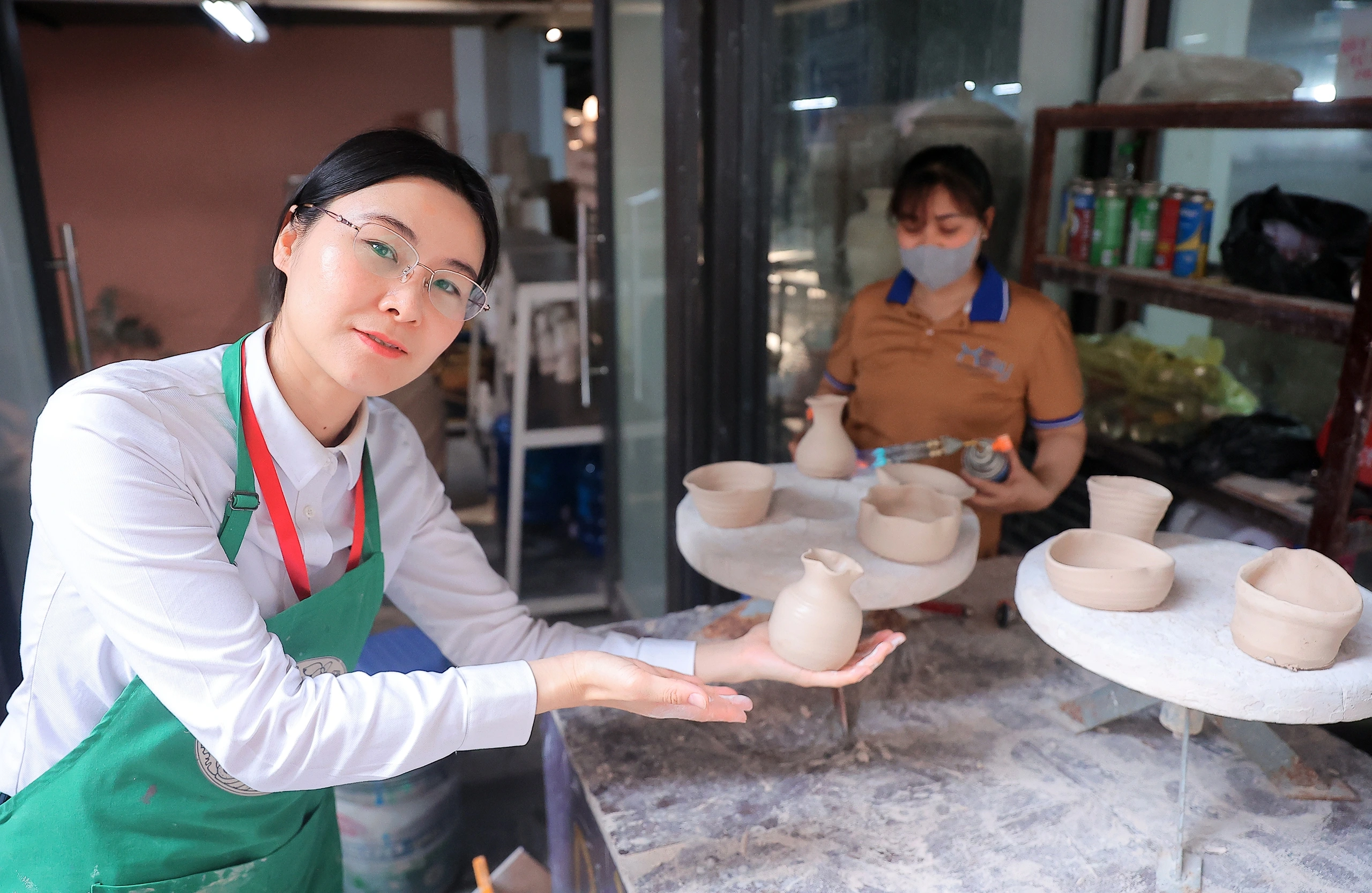

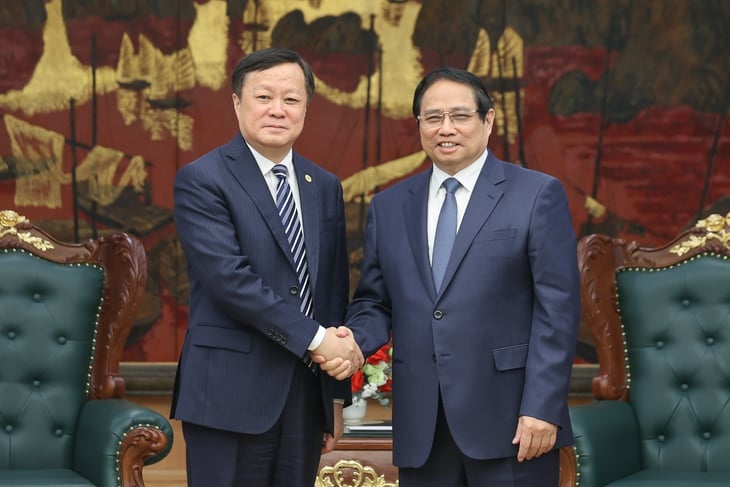
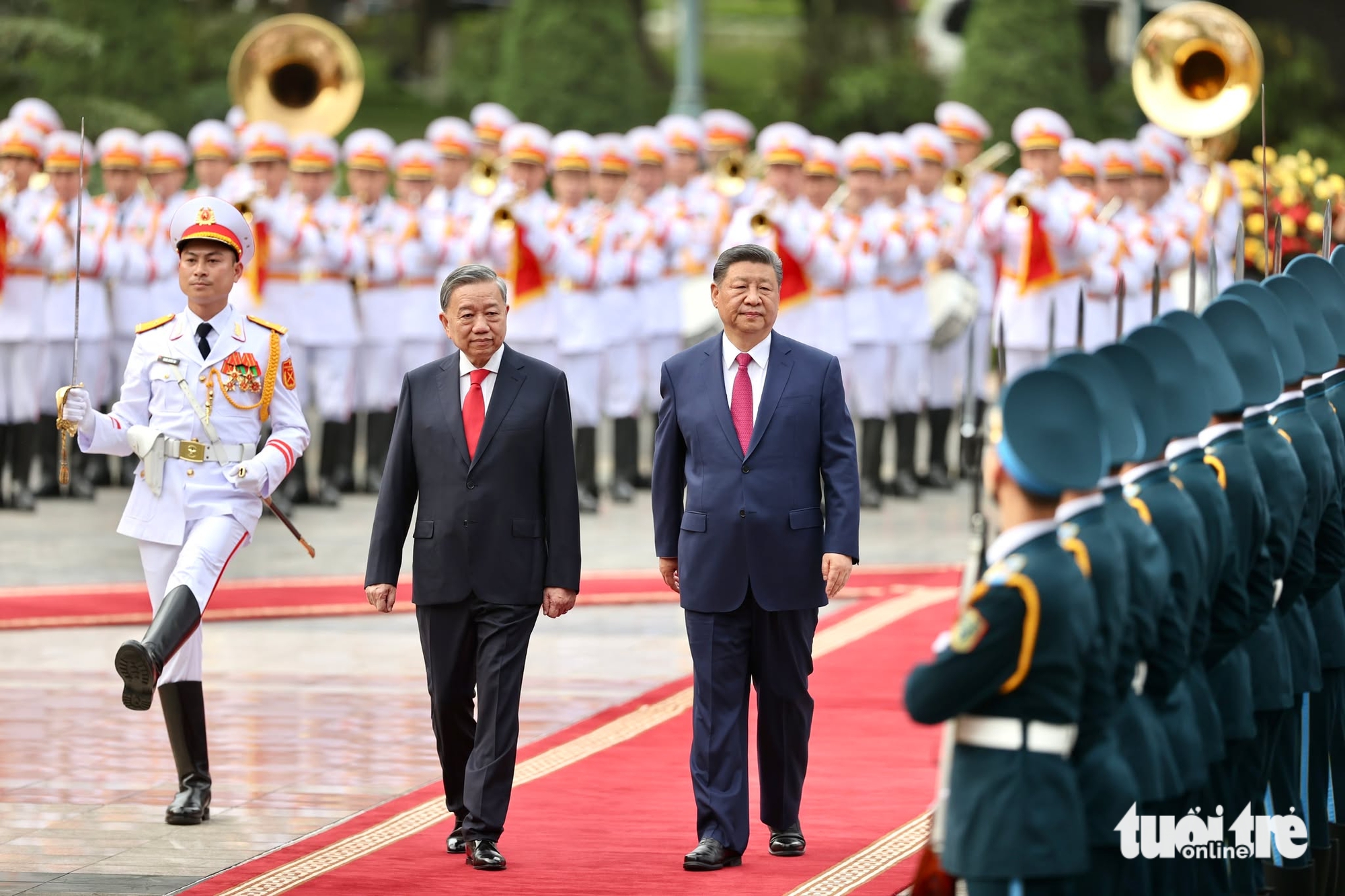
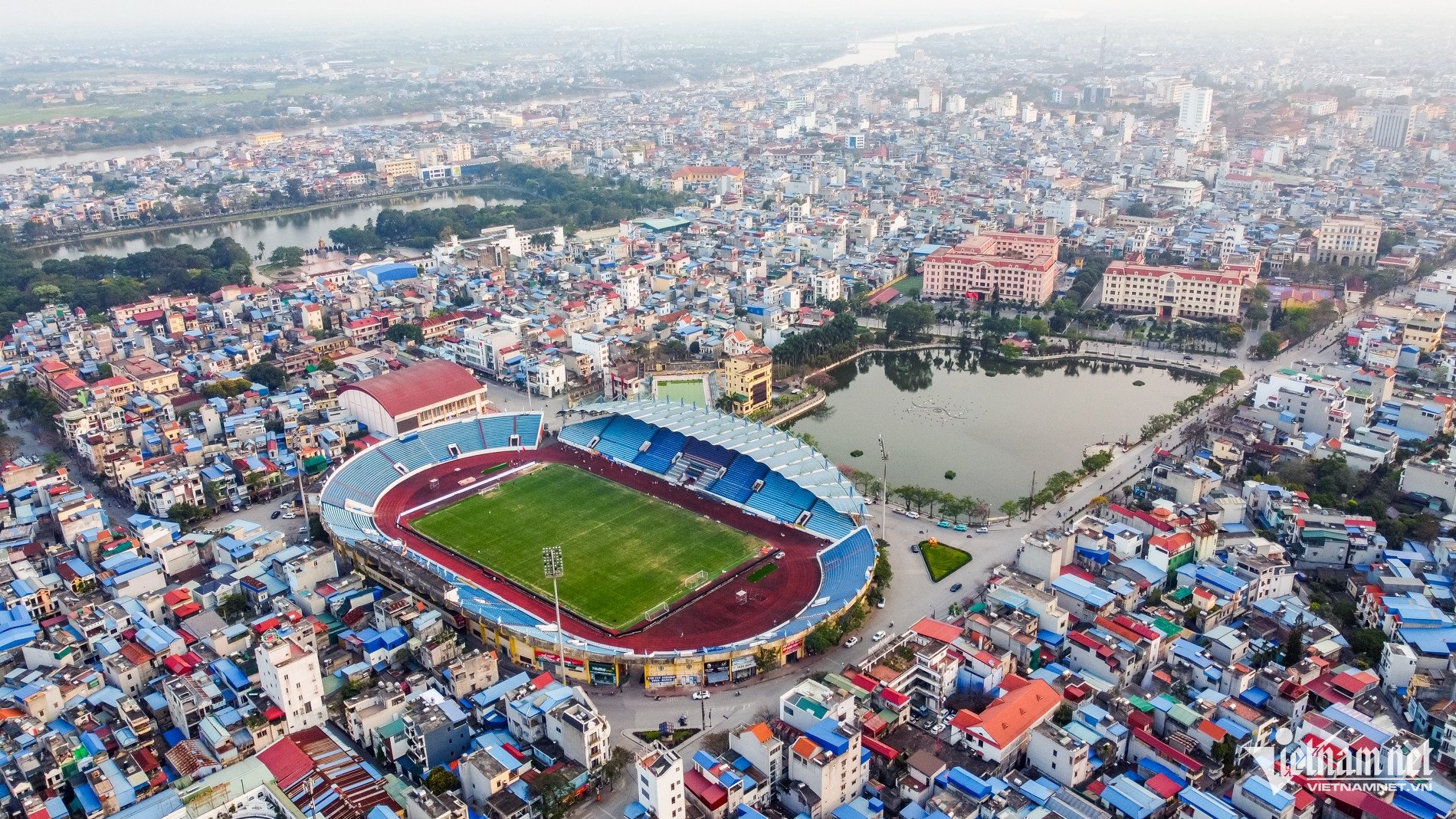
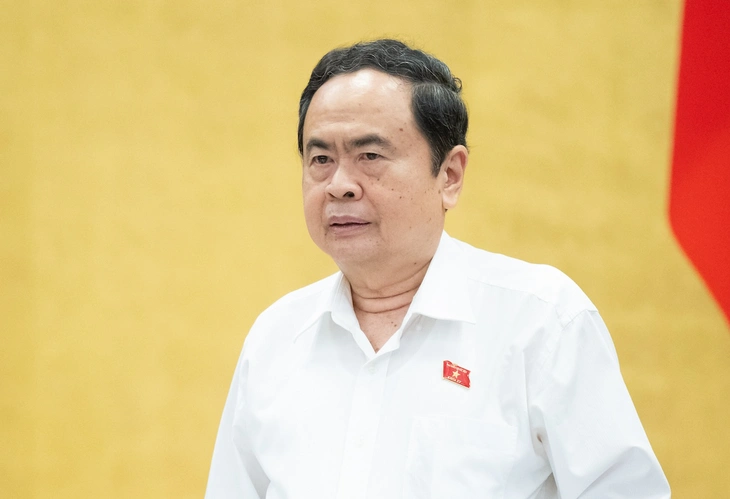


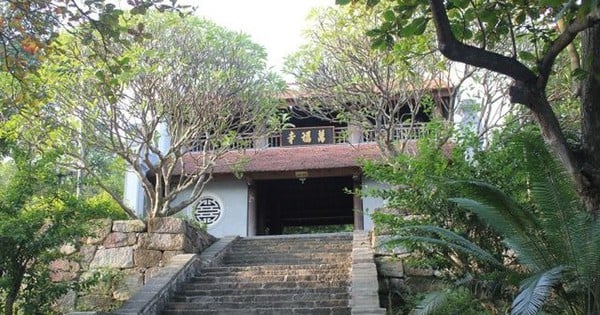
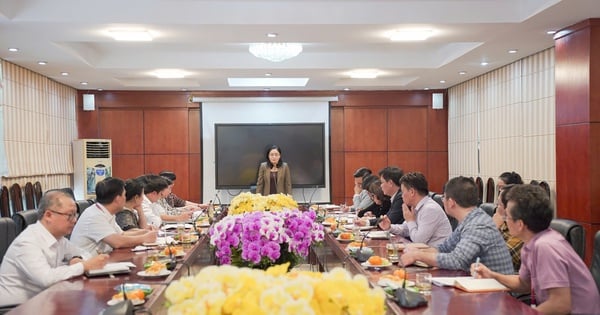
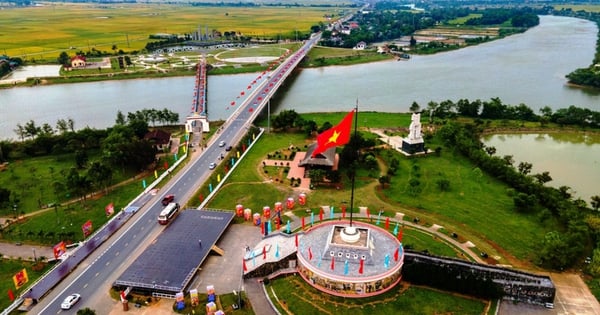
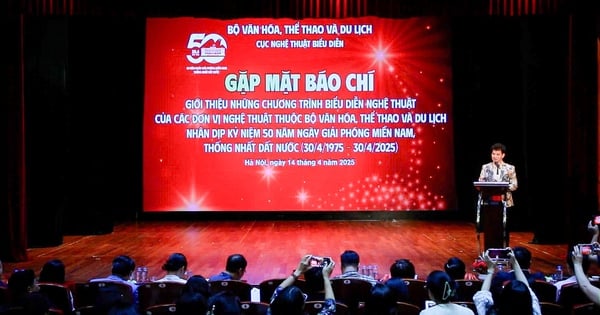
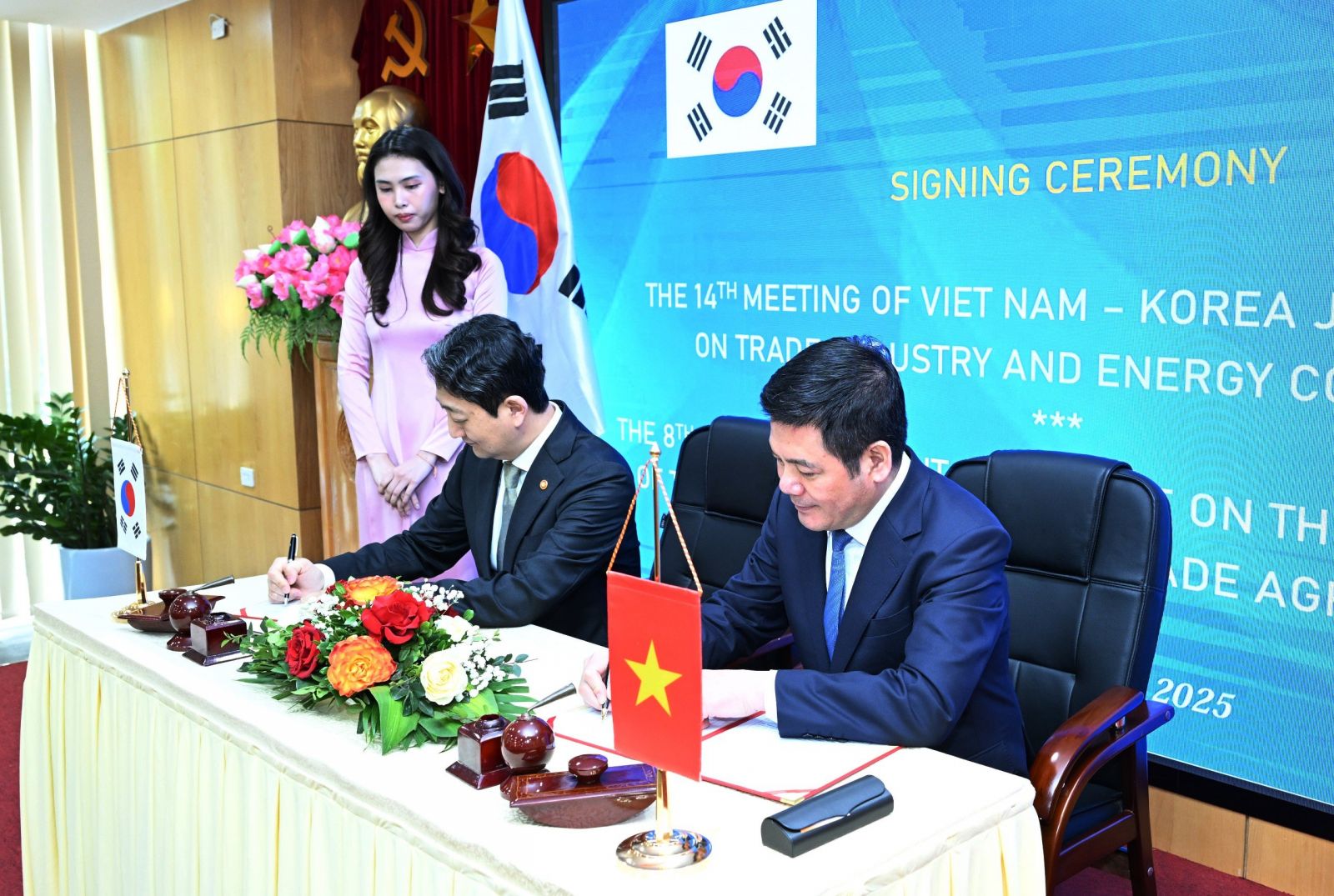

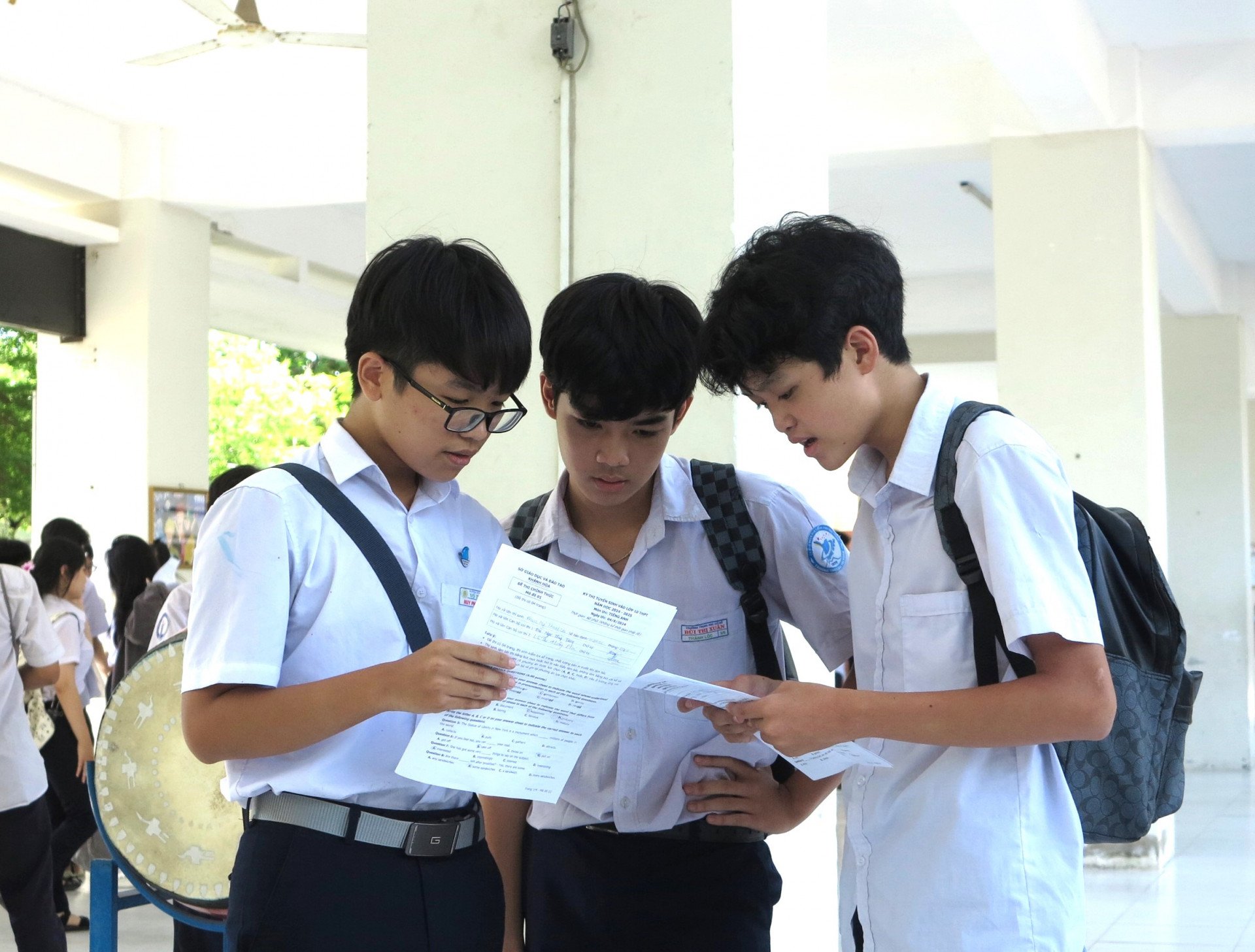

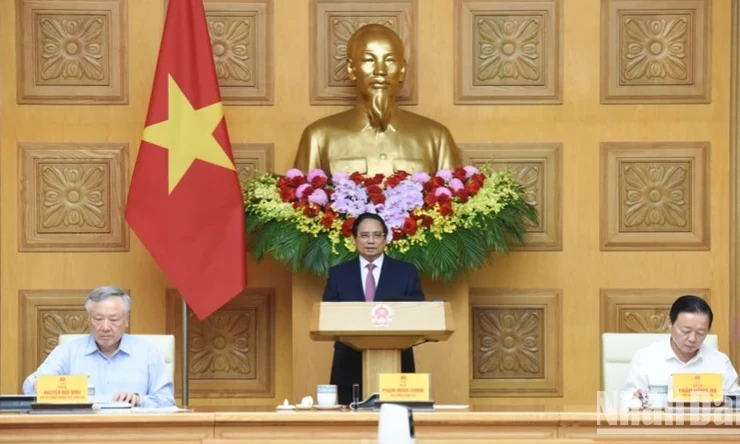
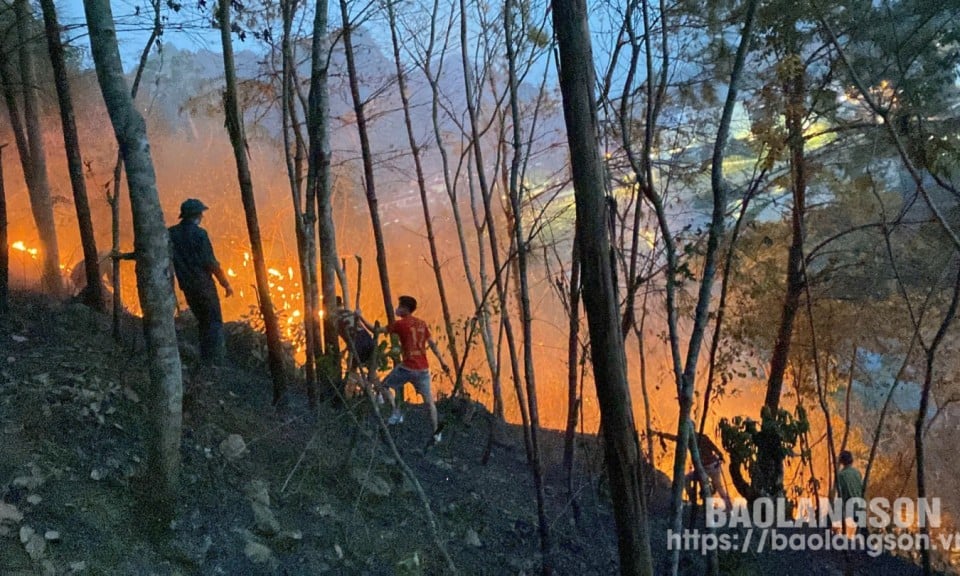



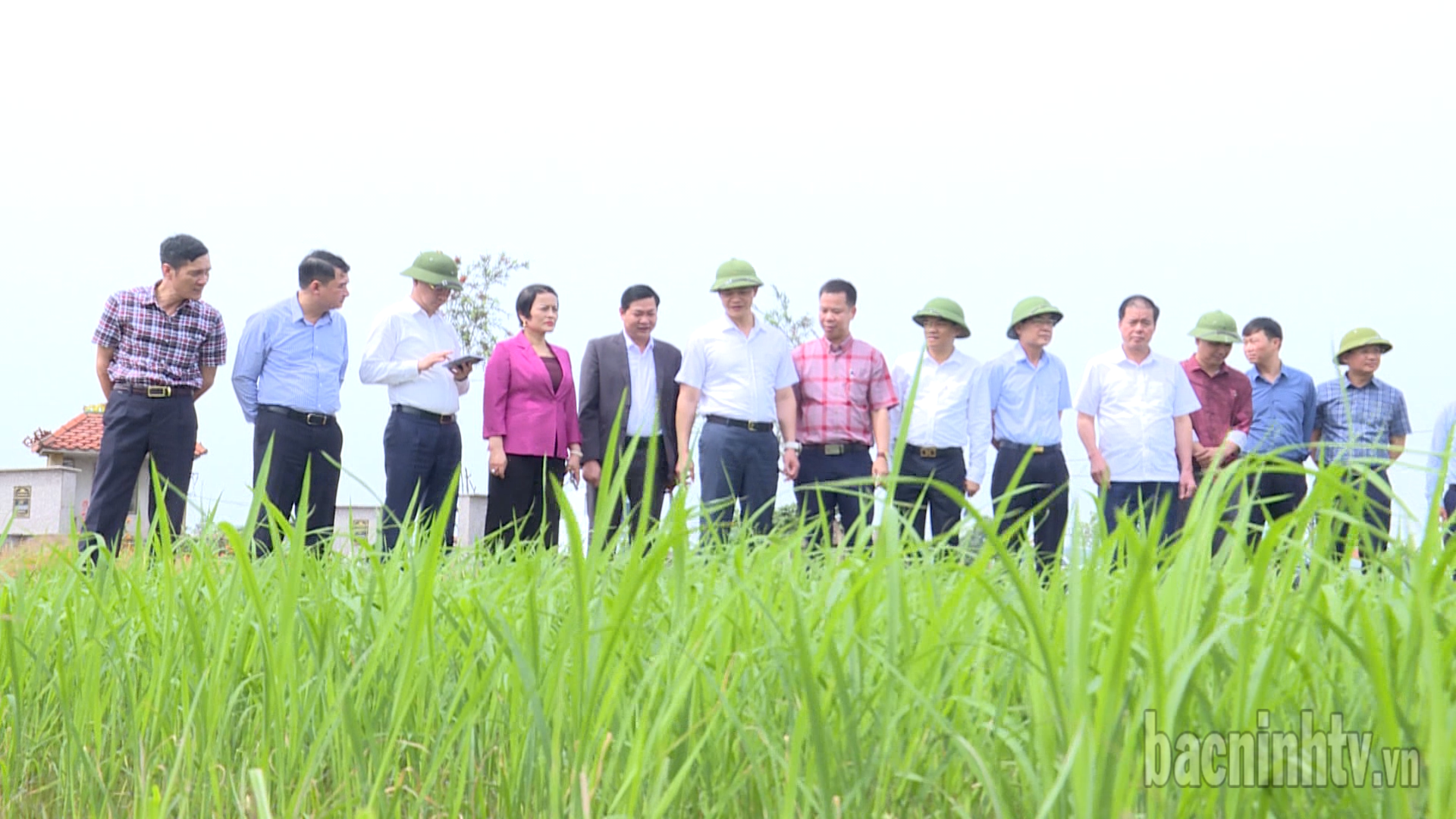

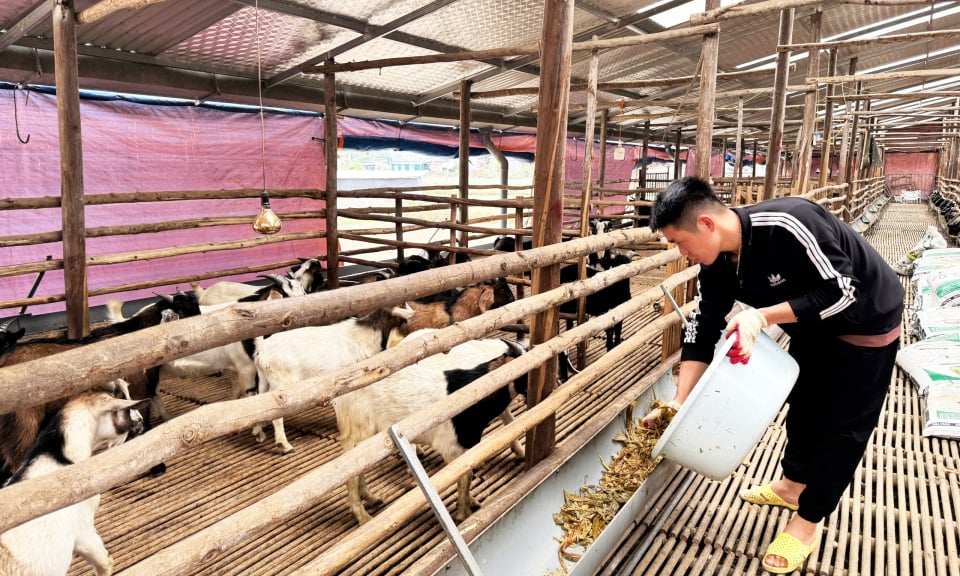

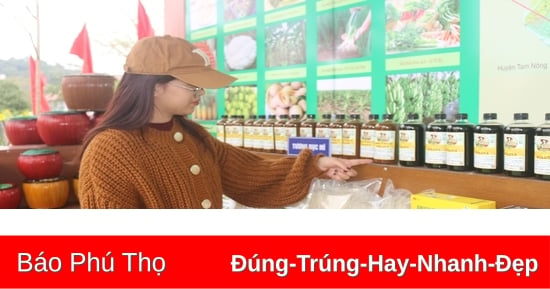



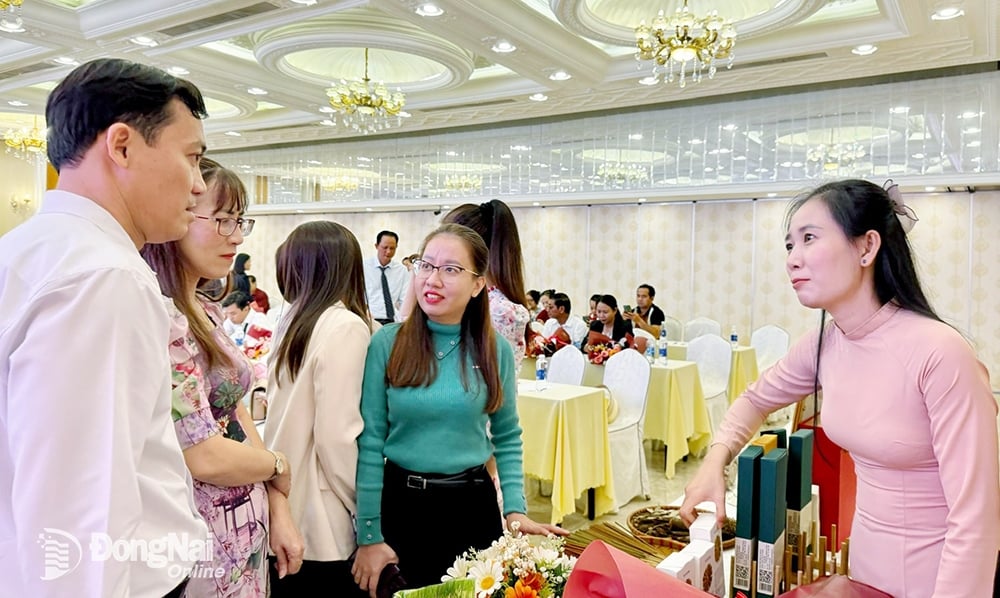


Comment (0)